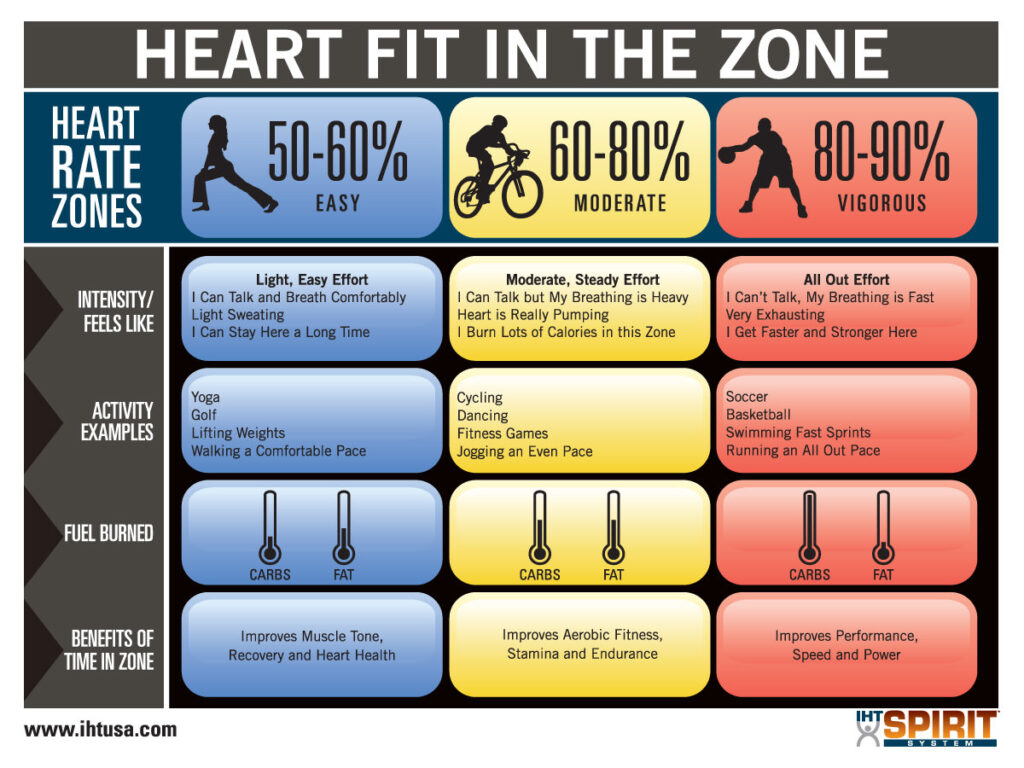“It’s supposed to be sweaty ? that’s the point!” Hallberg replied in a cheerful, booming voice.
Heart monitors are part of an experiment in the Schenectady County district that involves new ways to keep students moving. Students try to achieve target heart rates and meet other goals.
The monitors “take out all of the guesswork” about which students are really making an effort, said Matt Stein, who oversees health and physical education in the district. Novices and competitive-level athletes have different baselines, and their efforts can be compared fairly.
Along with Draper Middle School colleagues Nikki Schaap and Ray Kearney, Hallberg is integrating science and physiology lessons into P.E. classes, as well. In sixth grade, students learn about muscles. In seventh, the focus turns to heart rates and diseases associated with lack of exercise. Eighth-graders learn about nutrition and develop training plans.
On a recent Thursday morning, seventh-grader Mattison Muller moved from station to station doing squats and other muscle-building exercises, along with stretching and sprints. A sound system blared an eclectic array of (school-acceptable) songs ranging from Ozzy Osbourne to the Neon Trees.
Muller said it’s a good way to start the school day. “You just feel more awake,” he said.
Researchers at the University of Illinois have reached the same conclusion. In a study, they found it took only 20 minutes of moderate exercise to improve cognitive function in elementary students.
At Draper Middle School, P.E. activities often are in the form of games. One example is called “builders and dozers,” in which six teams scatter colored cones and eventually try to knock down the other teams’ cones. Another popular one is “bowling for fitness.” It involves “rolling” bean bags and 20-meter sprints to set up the pins. Music blares as students are constantly on the move.
“Organized chaos” was how Lynne Lenhardt, NYSSBA’s immediate past president, described two games she witnessed during a December demonstration. Students were breathing hard – and laughing, she recalled.
“The goal of what we do, with the help of the monitors, is to help them pull a little more effort than they think they can pull out of themselves,” Hallberg said.
Mohonasen is considering migrating to fitness bracelets next year because strapping on heart monitors has some disadvantages. It takes a little extra locker-room class time to get ready. And some students find them a little uncomfortable.
But students do seem to like the feedback. At the end of class, they line up to see the record of their heart rate on a monitor. Some of them banter about whose results will prove better.
The students look comfortable examining their results on a computer screen and are eager to hear Hallberg’s verdict on whether the numbers are good enough.
“I want every one of these kids to feel seen,” said Hallberg, who was named Physical Education Teacher of the Year for 2015 by New York State Association for Health, Physical Education, Recreation, and Dance (AHPERD).
“It doesn’t mean I’m telling them they’re wonderful all of the time,” he said. While some students might want to “go to a wall and try to disappear” in P.E. class, a conversation with the teacher about personalized results is part of the format at Draper Middle School. “It forces interaction – good, bad or indifferent. That’s important stuff.”
Using high tech tools to monitor individual effort and achievement has unparalleled value in physical education for both students and teachers, Hallberg said. “I’ve been invigorated by this technology.”
New approaches to P.E. began in Mohonasen five years ago, when the district was awarded a three-year, $1.8 million grant from the U.S. Department of Education under the Carol M. White Physical Education Program. Hallberg says the grant has been used to enhance offerings as a whole, the heart rate monitors being a “small but incredibly valuable portion” of the grant.
Principal Deb Male sees the approach as light years ahead of the physical education of yesteryear. She winces when she remembers not being able to climb a rope in P.E. class as a youngster.
The school’s gym is near her office, and she finds herself dropping by whenever she needs a break – or a little inspiration.
“Every day here, it’s an opportunity to do a personal best,” Male said.




